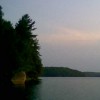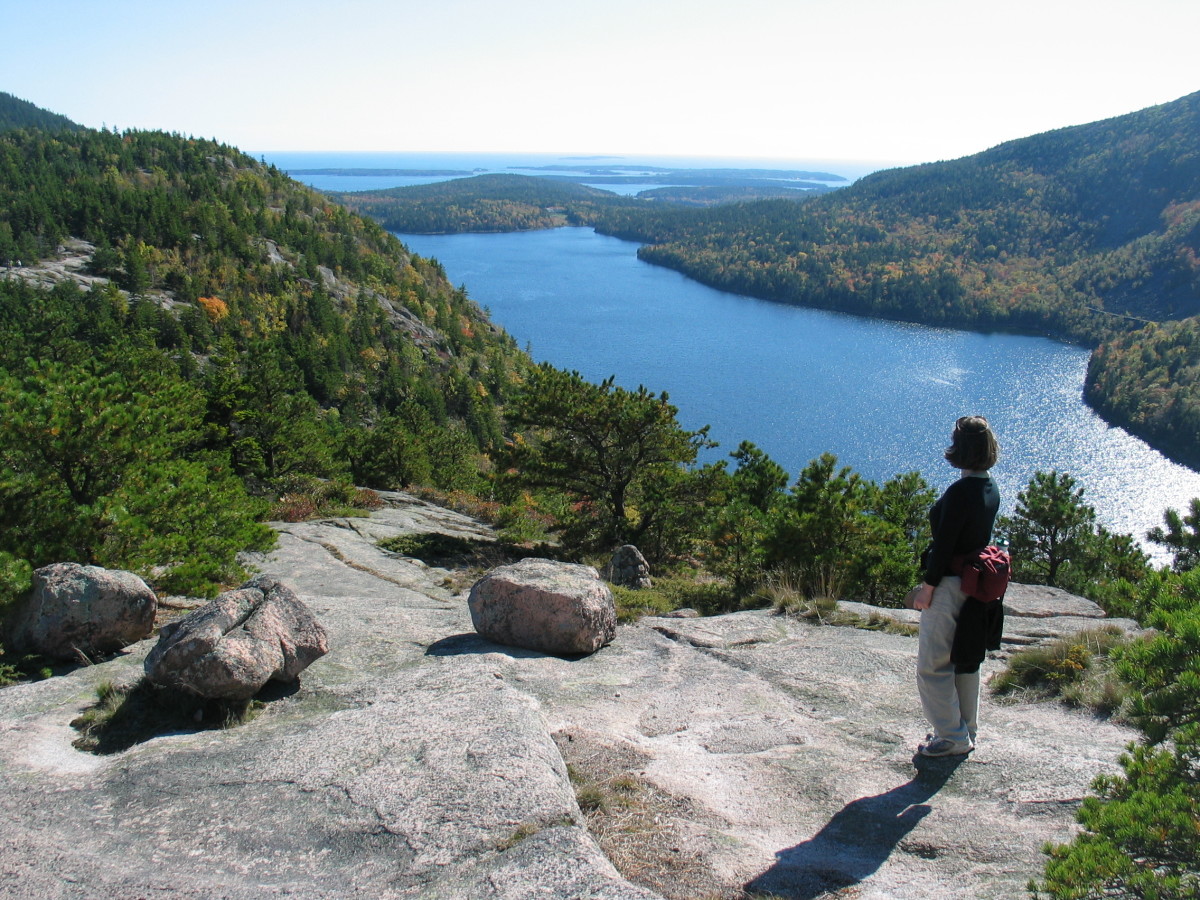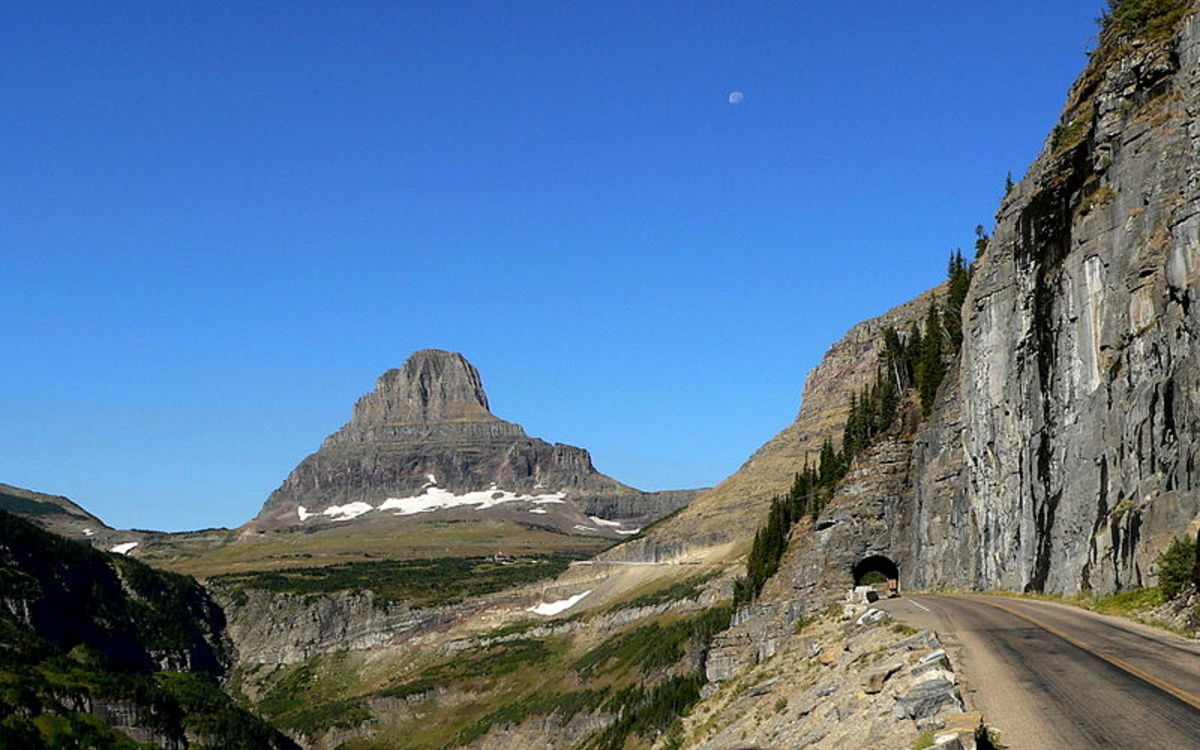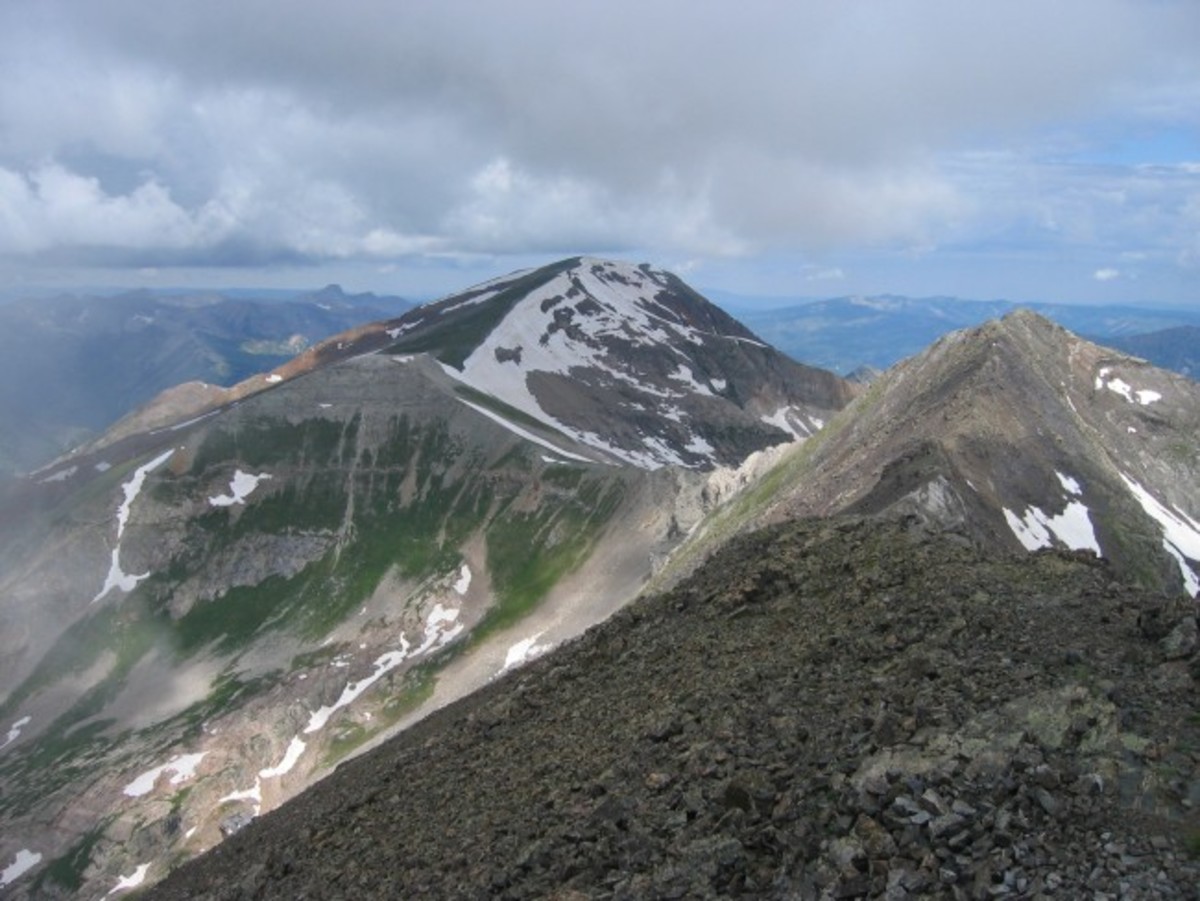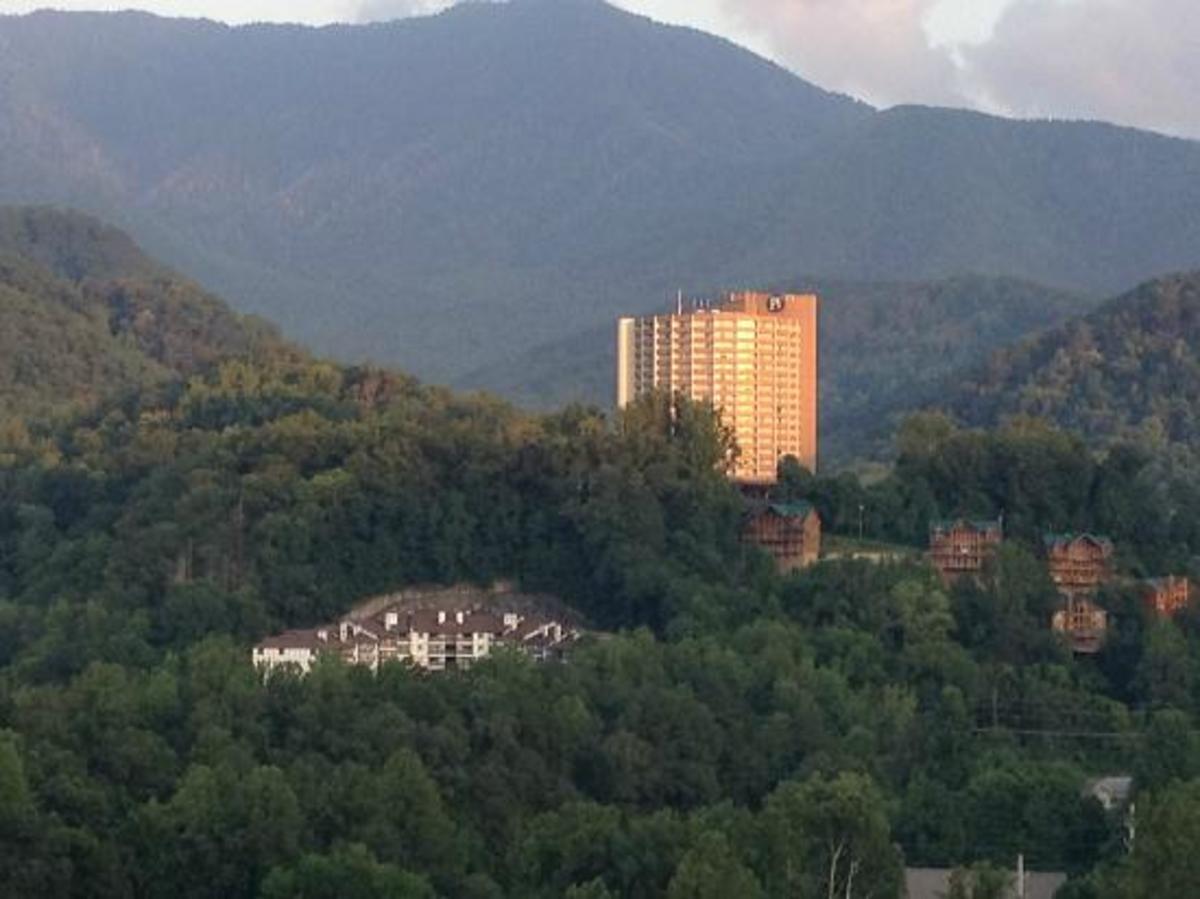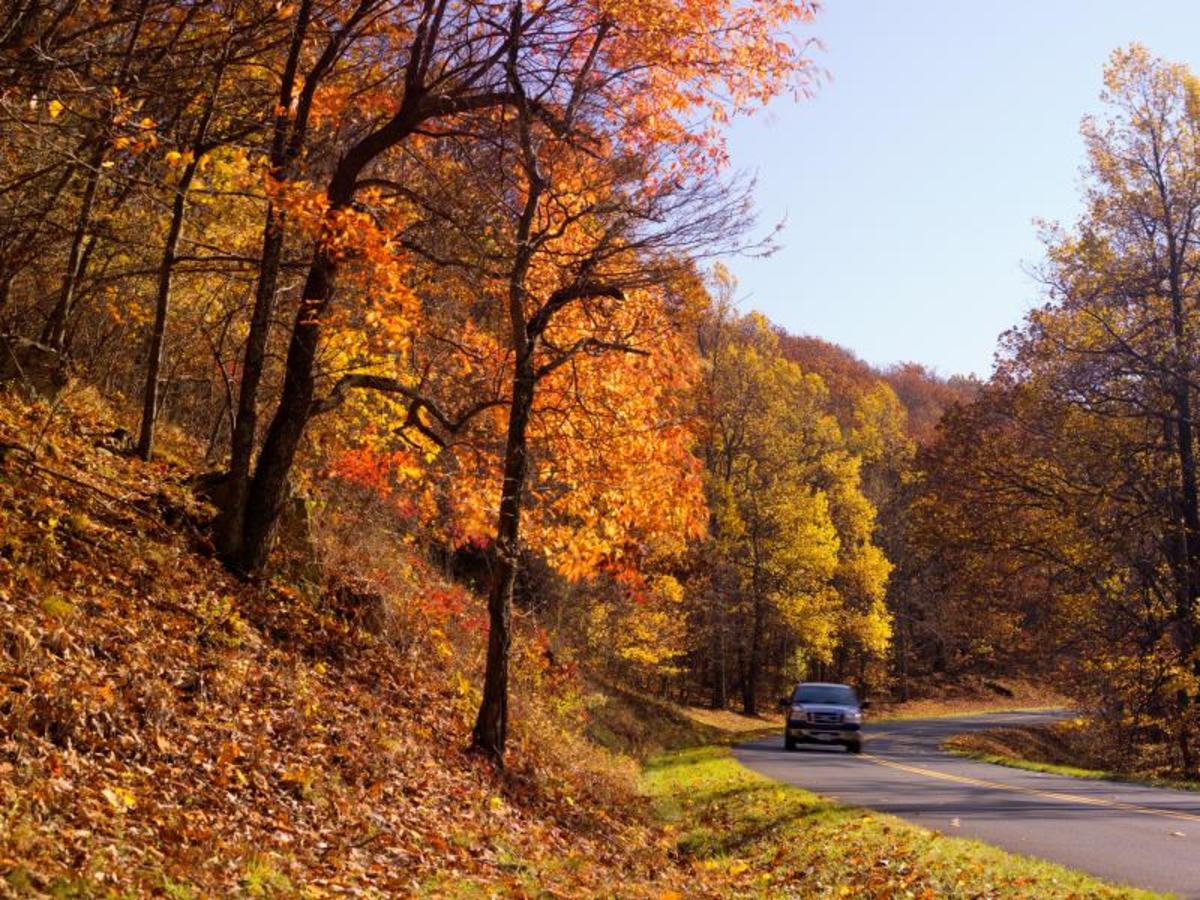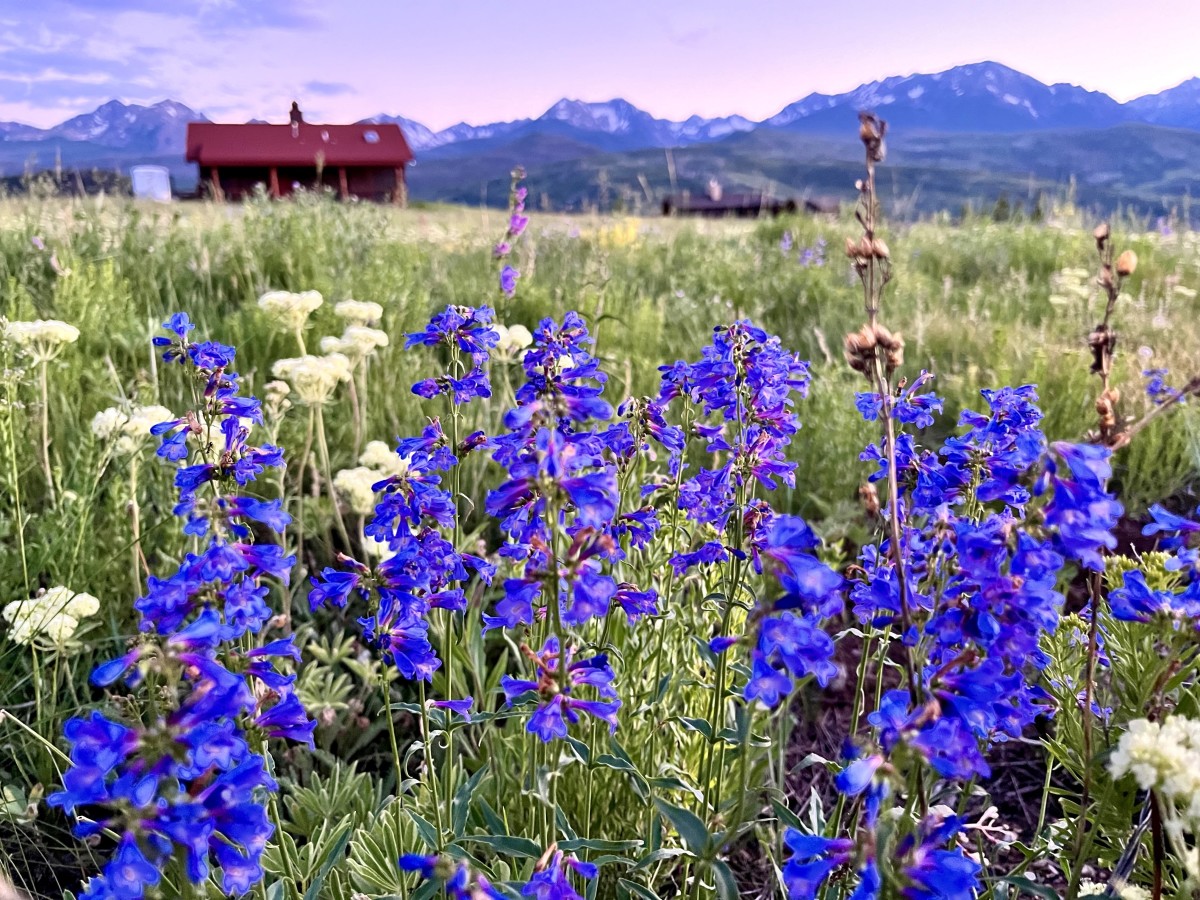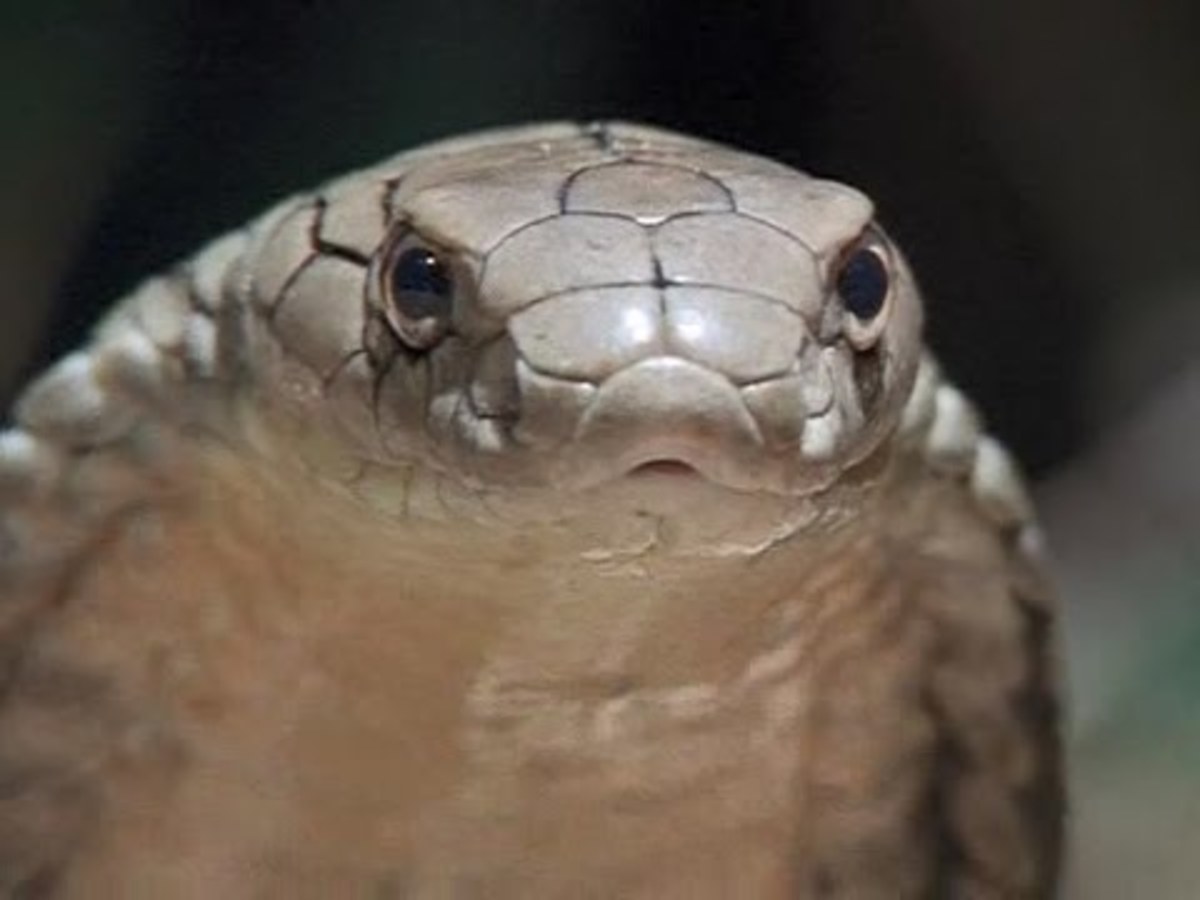Visitors Guide to Jasper National Park
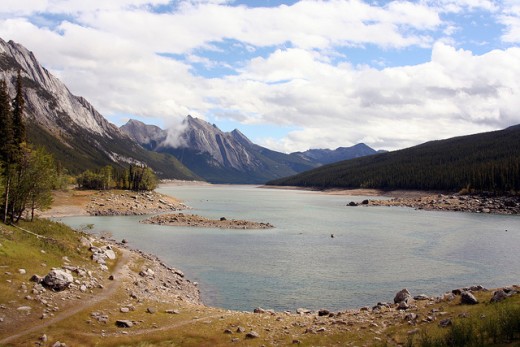
Jasper-Canada's Largest National Park
Jasper National Park located in the Canadian Rocky Mountains is the largest national park in Canada. It covers nearly 11,000 square kilometers (4,300 square miles) of pristine wilderness. The park is located in Alberta, west of the province's capital city of Edmonton. Jasper Forest Park was established in 1907 and was granted national park status by the federal government in 1930 when it became known as Jasper National Park. The park is named after a trading post operator who worked for the North West Company in the area during the 1800’s. Jasper National Park along with Banff, Yoho, Kootenay, and a few provincial parks in this area that make up the Canadian Rocky Mountain Parks system were declared a UNESCO World Heritage Site in 1984. This status celebrates and protects the many mountain peaks, glaciers, lakes waterfalls and other elements that make up the very scenic Rocky Mountains.
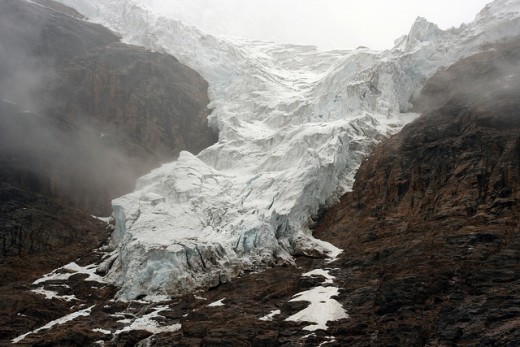
Icefields and Animals
Jasper National Park is connected to Banff National Park on the Icefields Parkway (Highway 93). The Icefields Parkway features some of the most beautiful scenery in Canada such as many stunning glaciers, snow covered mountain peaks, and wildlife. Along the way you will pass through the town of Jasper to the town of Lake Louise and eventually end up in the town of Banff. The highway is 230 Kilometers long (130 miles) and is open year round.
There are many protected creatures in the park; this includes grizzly bears, black bears, mountain lions, wolverines, coyotes and wolves. There are many others such as mule deer, big horn sheep, elk, and caribou. Many birds, amphibians, and insects also call the park home. All animals are wild and for safety's sake visitors to the park are encouraged not to feed or approach any of them.
Jasper National Park contains the tallest mountain in Alberta, which is Mount Columbia. The park also contains Mount Edith Cavell which was named in 1916 to honor the British nurse who helped prisoners of war escape German occupied Belgium. This is ironic as many of the roads and infrastructure in the parks were constructed by Asian prisoners of war and internees during the Second World War.
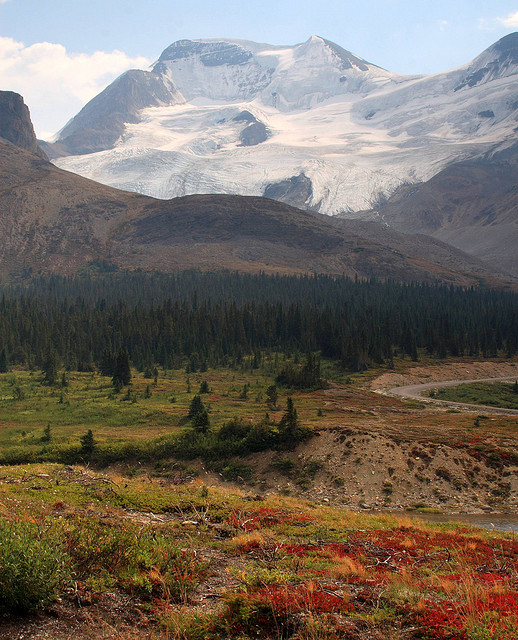
Jasper National Park Attractions
Some of the scenic features which must be visited when travelling through the park include Athabaska Falls, the Athabaska Glacier, the Columbia Glacier, the Jasper Lake Dunes (caused by the precipitation shadow of the mountains which creates a desert like eco system that features the only sand dunes within the four mountain parks), the Whistler Sky-Tram and the Jasper Tramway, Maligne Lake and the Maligne River which both feeds and drains the lake. The Miette Hot Springs are located near the northern entrance to the park. Hot springs are reputed to have healing properties due to the high mineral content of the water. They are a great natural way to relax after a day of hiking the trails, skiing, or kayaking. There are also many campsites located within the park, some so isolated they are only accessible by canoe.
There are more than 1,200 Kilometers (746 miles) of hiking trails in Jasper National Park. The trails include everything from magnificent waterfalls to alpine meadows. Some of the trails to hike are Maligne canyon trail, Whistler’s mountain, or Pyramid Lake and the Athabaska Overlook among many others. Trails range in difficulty from very leisurely to not for the faint of heart. Many trails will only take an hour or two while others can take six or more hours.
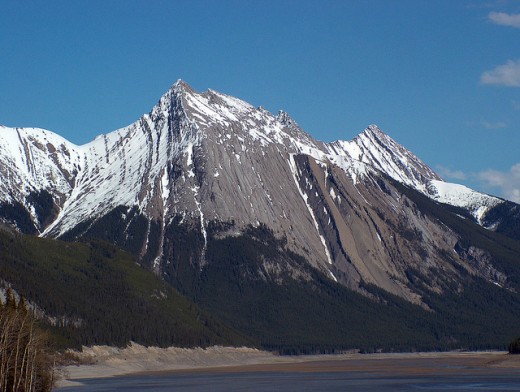
The Town Of Jasper
The commercial centre for Jasper National Park is the Town of Jasper. Located 290 Kilometers (180 miles) north of Banff and 360 kilometers (225 miles) west of Edmonton, Jasper is connected to Lake Louise in Banff National Park by the Icefields Parkway. Jasper is also connected to Prince George by the Yellowhead highway. VIA Rail service stops in Jasper three times per week. The average daily high temperature is 21.9° Celsius (71°Farenheit) during July and August and the average nightly low temperature is -15°Celsius (6°Farenheit) in January. Temperatures can vary widely depending on the elevation and conditions. Rain and snow precipitation is approximately 400 mm (16 inches) in a year.
The Jasper Visitor Centre and the Jasper-Yellowhead Museum and Archives are both located in the town. The Whistler’s Summit and Marmot Basin Ski Resort are located within a short drive of the town. Travelers can also stay at the Fairmount Jasper Park Lodge. This upscale lodge features hiking trails, skiing, skating, horseback riding, among many other fun activities. The Jasper Park Lodge originally had the world’s largest log cabin until it burnt down in 1952. The cabin was replaced with the fabulous building that stands there today. The Jasper Park Lodge is open all year with activities based on the season and reservations are recommended.
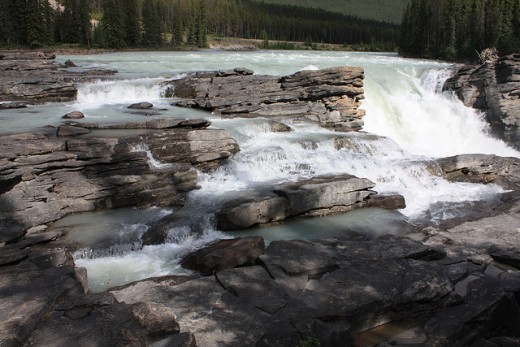
The Rocky Mountains
No visit to Canada's provinces of Alberta or British Columbia is complete without visiting the four Canadian Rocky Mountain Parks. Whether you drive or take the train the scenic beauty of these parks is not to be missed and each park offers something for every type of outdoor lover, from hiking to a waterfall or hitting the slopes and skiing, to climbing some of the tallest mountains in Canada. Over a million people visit Jasper National Park every year so reservations for campsites are recommended.
